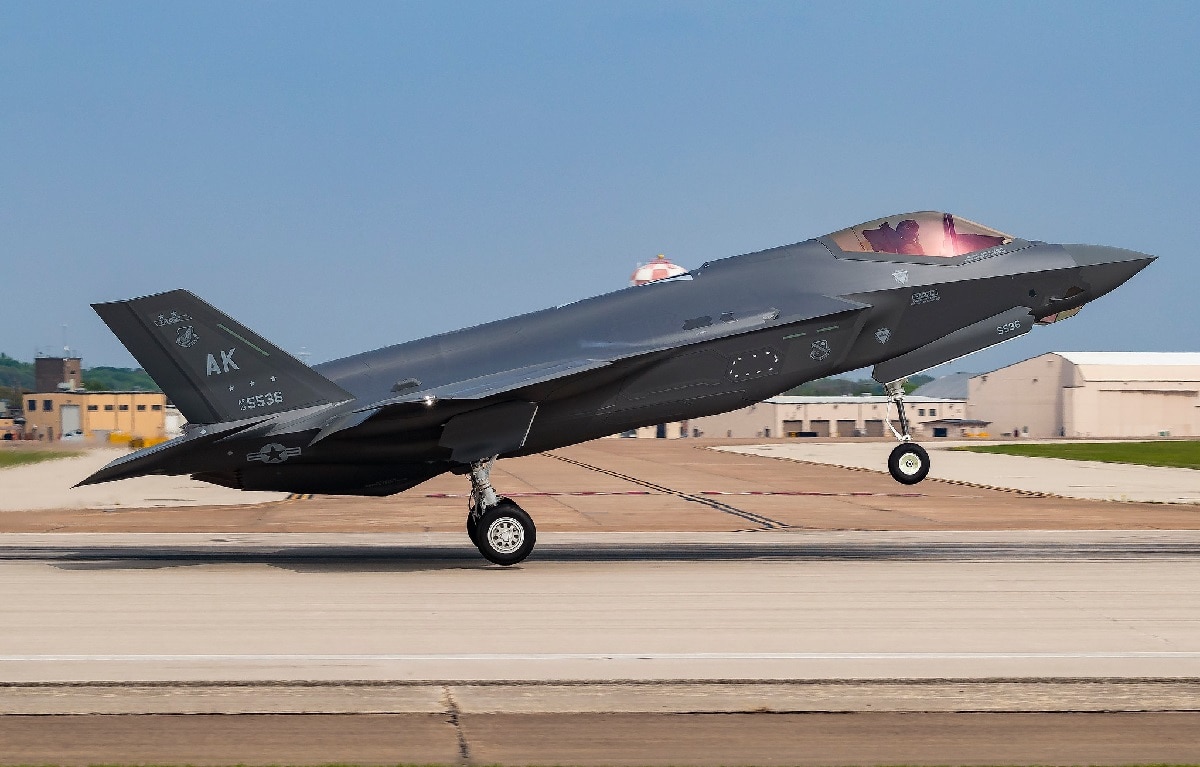Accidents, confrontations, miscalculations, false alarms, and mistakes can lead to shooting wars, especially when you have various threatening pairings such as Russia versus NATO or the United States versus China.
Look at the present global geostrategic situation. Russia already has a massive build-up of troops and weapons systems along the Ukrainian border placing pressure on NATO and the Western democracies. China continues to bully Taiwan with the United States in the middle.
Russia could be planning for an invasion. China could blockade Taiwan. These are all recipes that could end in disaster.
History can offer us a guide in how to avoid tragedy or start a war that no one wants in the first place. Here are three examples that can provide all of us with some clear guidance, specifically, how war was averted.
China Spy Plane Incident of 2001
In April of 2001, such an accident took place when an American EP-3E signals intelligence airplane collided with a Chinese J-8 fighter plane. One of the Chinese pilots was lost and the EP-3E was forced to land on Hainan Island.
This was the first foreign policy crisis of the George W. Bush administration and placed undo pressure on the new president.
As for the EP-3E 24-person crew, they were interrogated for two nights and detained for 10 days. Cooler heads prevailed. The United States apologized, and the crew was finally released.
Cuban Missile Crisis Was an Unbelievable Close Call
The Cuban Missile Crisis is the most well-known miscalculation and gamble partaken by the Russians that could have led to the deaths of hundreds of millions of people.
This was heightened when the USS Beale began dropping fake depth charges on a Soviet submarine during the crisis.
The B-59 Russian sub commander thought this was the beginning of war and he ordered the crew to prepare for a nuclear torpedo weapon launch.
Fortunately, the B-59’s executive officer refused the order and convinced the captain to re-surface and wait for instructions from Moscow – averting tragedy.
NORAD Crisis of 1979
In 1979, Colorado’s North American Aerospace Defense Command, or NORAD, had a close call that could have led to war.
In November, defense personnel detected a grim alarm. It appeared that the Soviets had conducted the first launch of a nuclear war.
The command scrambled fighter planes and ordered a nuclear attack in response. It turned out that one of NORAD the analysts were running a simulation that got picked up by the main early warning system. So, this was a false alarm. But other computer system false alarms cropped up at NORAD later that year. The Soviets were perplexed and communicated their chagrin to President Carter.
In 1983, the Soviets had their own computer glitch that could have started a nuclear holocaust too – again a dangerous false alarm.
NATO Military Exercise Could Have Sparked a Nuclear War
The Able Archer 83 crisis was another example of nuclear brinkmanship.
This occurred in 1983 during a NATO war game. The idea was to simulate what would happen if the Soviets attempted a conventional attack and what would be the nuclear proportional response from the West. The United States started moving thousands of troops.
The Soviets had rehearsed such a scenario from NATO. They had their nuclear weapons ready and had a finger on the trigger. The Soviets were ready for battle during the multi-day exercise, but the potential confrontation was de-escalated when the exercise ended.
What Does History Teach Us?
One way to mitigate risks is to have a hotline between the United States and Russia and China to communicate in a failsafe situation.
In August of this year, the Chinese regime and the Biden administration held a video call that discussed these types of communication in times of great crisis. For crises with Russia, there is a satellite link and a fiber optic computer network with email capability between Moscow and Washington.
Next, rehearse false alarms and create tactics, techniques, and procedures to make sure crises are mitigated.
Also, have military exchange programs in which counterparts communicate with each other. Similar to the Chairman of the Joint Chiefs of Staff Mark Milley’s communication with his counterpart in China that there were no plans of a United States attack during the end of the Trump administration. Milley was criticized for this move by political adversaries that said he had no permission from Trump himself to make such a transmission. Milley said he informed the Secretary of Defense before making both of his calls to the Chinese.
The bottom line is to do anything possible in terms of diplomacy and conflict resolution to avert these close calls.
1945’s new Defense and National Security Editor, Brent M. Eastwood, PhD, is the author of Humans, Machines, and Data: Future Trends in Warfare. He is an Emerging Threats expert and former U.S. Army Infantry officer.

